
Innovative cadmium and arsenic removal from phosphoric acid
John Carr, Lei Zhang & Yu Zheng of Syensqo review currently available decadmiation techniques, including the company’s ACCO-PHOS® technology.

John Carr, Lei Zhang & Yu Zheng of Syensqo review currently available decadmiation techniques, including the company’s ACCO-PHOS® technology.
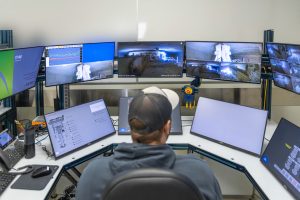
Does artificial intelligence (AI) really herald a revolution in fertilizer production and, if so, what are the practical examples of this?
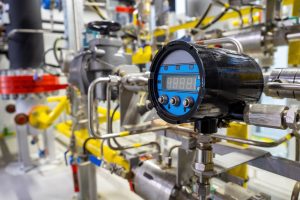
Artificial intelligence is beginning to extend into all facets of modern life, and the chemical process industry is no exception. This article looks at where and how AI is being applied in the ammonia and downstream industries, what data and infrastructure are required, and the potential risks.
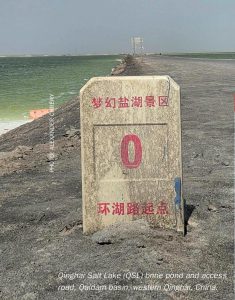
In this CRU Insight, Alexander Chreky reports on China’s potash industry – and reviews the country's international potash investments.
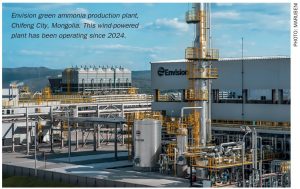
Kevin Rouwenhorst of the Ammonia Energy Association (AEA) provides an overview of green ammonia projects and the associated technology options.
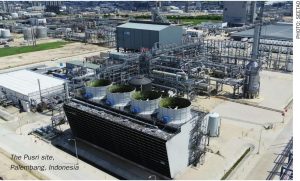
Already a large urea supplier to the region, Indonesia has plans for several new plants to monetise its natural gas resources.

Blue ammonia – ammonia produced from fossil hydrogen with carbon capture and storage (CCS) – offers a cheaper alternative than green ammonia for low carbon supply in the short term, and is more suited to retrofits.

Venkat Pattabathula of SVP Chemical Plant Services, Taylor Archer of Clariant and Seshu Dharmavaram of Air Products, all AIChE Ammonia Safety Committee members, look back at some of the key lessons learned from the Symposium’s 70 year history.
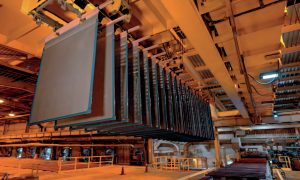
Almost one third of sulphuric acid production, and a much greater share of globally traded acid, comes from smelting of base metal sulphides and the recovery of SO2 from flue gases. Smelter acid production continues to increase, particularly from copper, creating an imbalance in the sulphuric acid market.
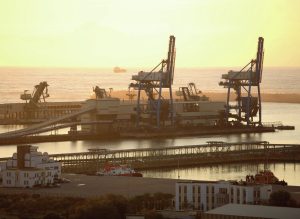
North Africa remains a major centre of global phosphate production, with significant production in Algeria, Tunisia and Egypt as well as Morocco, and sulphur and sulphuric acid consumption continuing to increase.